The event is well organized by our now new friend Fawn who brought us in last year for high-altitude veggie growing. First we present for an hour and listen to the other speakers and then we move into seperate rooms for Break-out Sessions where we answer questions and do demo's, share books and learn anything else needed for 2 -1.5 hour sessions. We squeezed tomatoes, threshed seed, handled seed, sniffed seed and eventually, shared some - I had to - seed is powerful and people are so attracted to it. Pretty soon everyone in Casper is going to have free food in the form of re-seeding Orach (Mountain Spinach), Giant Dill, plus my favorite - Cottage Red Marigold will be volunteering in many gardens. Good thing as it is a beautiful, multi-branching long-stemmed red marigold - woohoo!
When it's over we go out for burgers and beers with Fawn and her husband Sean - a lovely way to unwind.
I love the event, I love the people, I love the hosts - thank you Casper, we learn as much as you - maybe more! - and we come home feeling joyful.
Aquaponics
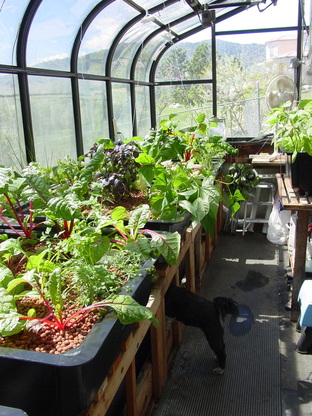
On the way up we stopped in Boulder to tour Sylvia Bernstein's Aquaponics system - yes, that's right - the author of Aquaponic Gardening and founder of the AquaponicsSource. Since our next gig after this was an Aquaponcs training session - we needed to see it in action. Of course, it was wonderful, beautiful! Sylvia's husband Alan gave us a splendid tour and explained everything in great detail. We loved all of the systems that use and emulate nature - it's what aquaponics is. (If you don't know yet, Aquaponics is a totally organic, closed-loop system that grows fish and vegetables together.) From gravity to worm poop, aquaponics is a smart alternative to chemically laden hydroponics and oh yeah, it provides another healthy crop - clean fish!
Sylvia obviously has a knack - I could see that instantly, everything was vibrant ad healthy, diverse and abundant. What more could you want? While Alan and Cord talked after the tour, I looked around Sylvia's beautiful yard, following paths into the trees to find a gazebo and water features and quiet places. I loved it, and felt at home amongst the rocks and trees. Like I said, she has a knack. That visit started us off, it was great to see it up close like that.
Into The Wind
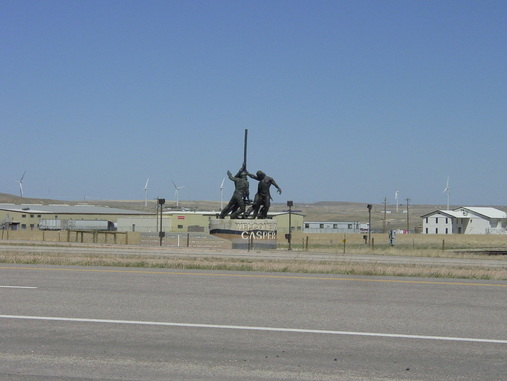
After a wonderful event, we got to sleep in, and head to Cheyenne to meet Shane Smith, author of the Greenhouse Gardener's Companion and director of the Cheyenne Botanic Gardens. We had tried to meet him last year but he was away. We decided to wait another day to meet him on Monday - even though we had to leave for Florida on Tuesday at the crack of dawn.
The USDA Horticultural Research Station
Today, the experiment is evident - what survived? Which plants could handle 60 years of all Wyoming has to offer? - (The top spot in the country for hail which often comes from golfball to baseball sized). We've all heard of the wind in Wyoming and whatever is left growing there now - in all it's wild glory - are the varieties we need to grow in the wild, wild west. And there are people working on it.
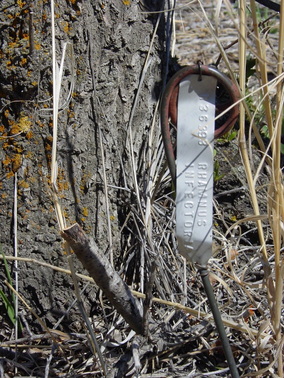
When I saw the flowering crabs just inside this forest of lost varieties, I was truly in awe. Deep pink, huge flowers and 20 feet tall, with several in a row, it was intense.
It was early for blooms in Cheyenne but like most places, the season is early so we were lucky. I took pictures of almost-dead shrubs, with delicate blooms deep inside or way up high as the plants are not all pruned yet. I didn't care, it is beautiful, it is alive.
Every tree was special - marked with the original metal marker from the 30's. Our friend Scott Skogerboe knows a lot about the history of the plants there. He told us amazing stories of where they came from.
We went to our hotel energized and ready to see the next thing.
On To The Cheyenne Botanic Gardens!
And then he signed my book. (!!!!!!!!!!!!!!!!!!!!!!!!!!!!!!!!!!!!!!) Shane is an awesome person - you can tell right away - and he took way too much time just to make us feel welcome, thank you Shane, very cool.
We drove home stimulated but happily tired. It was quite late when we got there, and we had to unpack, repack and leave at 3am for Florida. I only got one hour of sleep that night - no way to start another adventure.
That story will be the next post - this one was super long - hope you enjoyed it - there was so much to see!
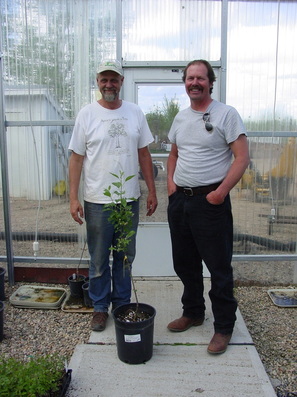
He has a great job, propagating trees and shrubs and his deep love for plants is apparent. He gave us an excellent tour, it was all eye candy to us.
His love for the Research Station is huge as well and he lovingly researches the varieties to amaze us with their stories and to provide us with the history we need to know. He gave me this French lilac - man, it made me cry - which makes him laugh. If you're going to cry over a lilac, you gotta be a plant lover to understand.
This was the very last stop before home, yet when we got there, we had to unload our tiny rental car of trees and shrubs and deliver them into the greenhouse with our headlamps on.
It was quite an adventure.
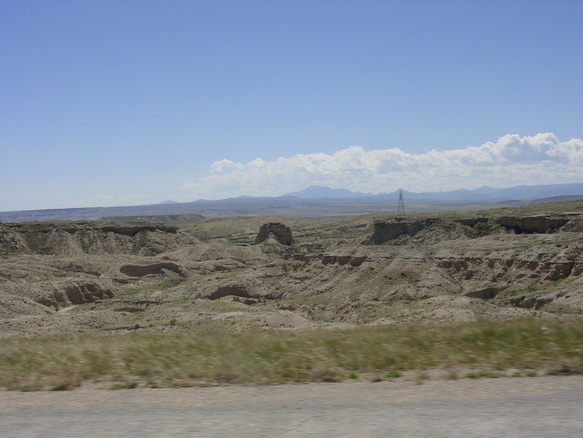
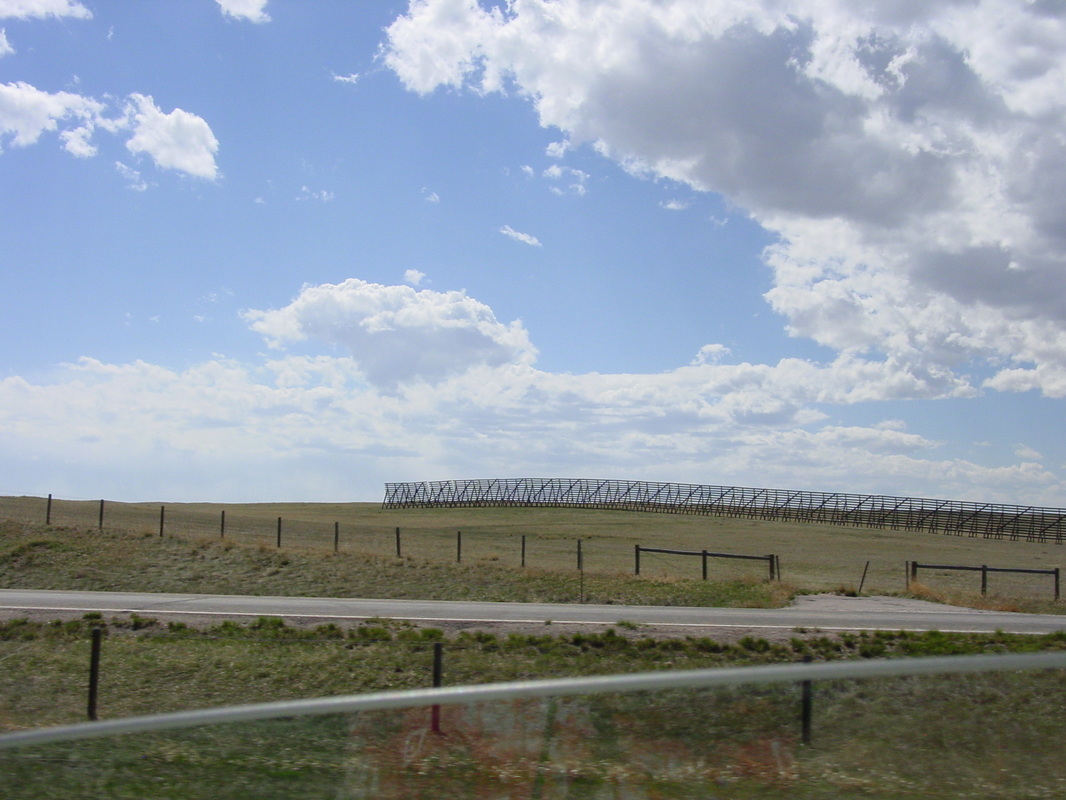
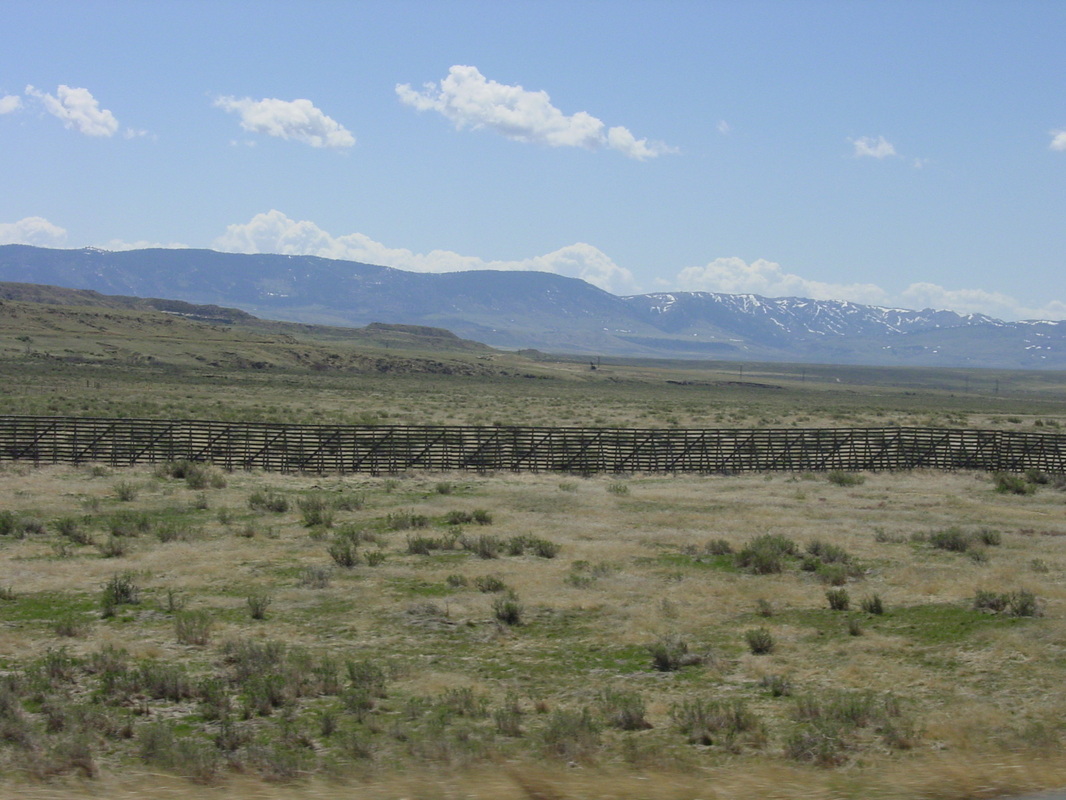
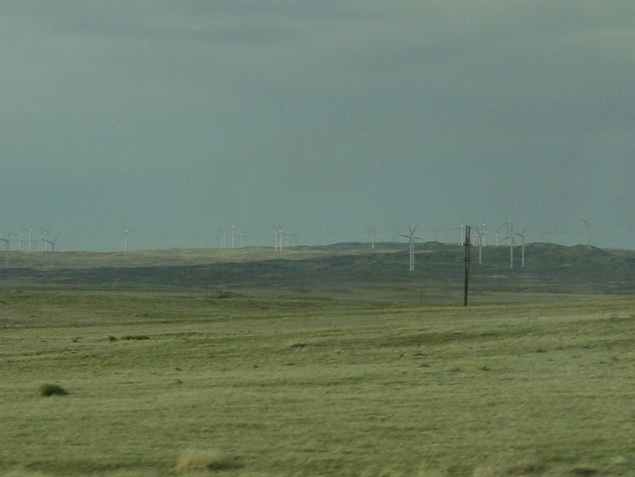
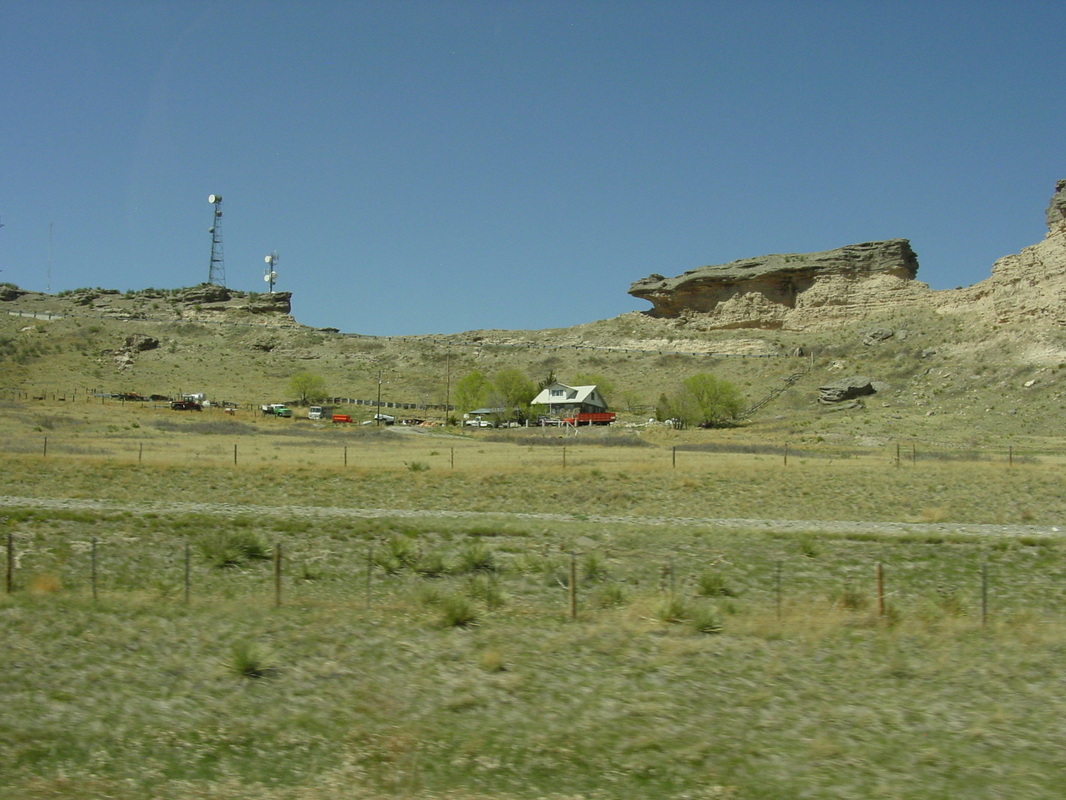
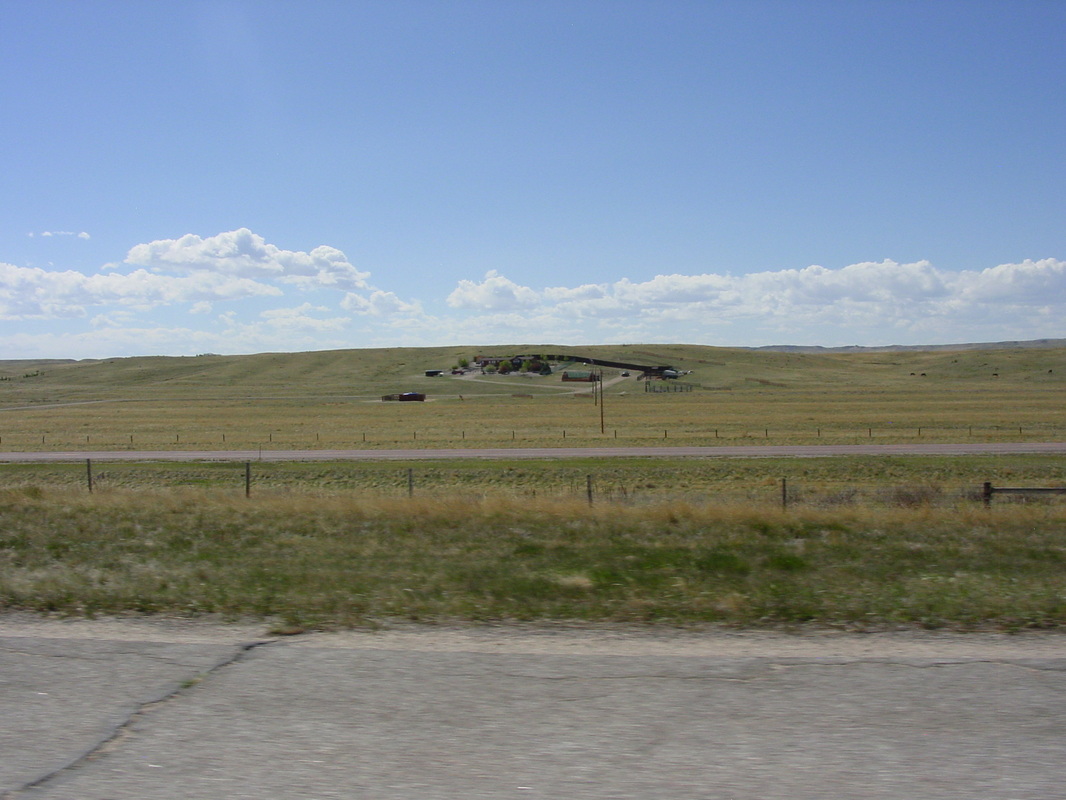
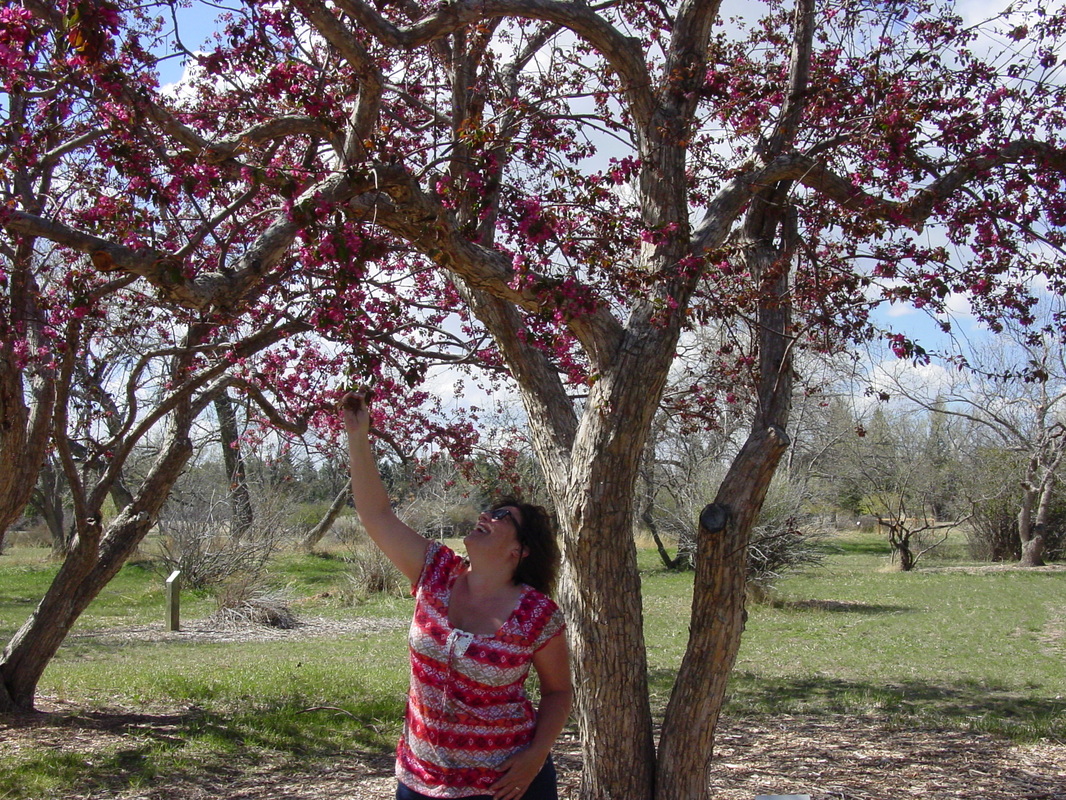
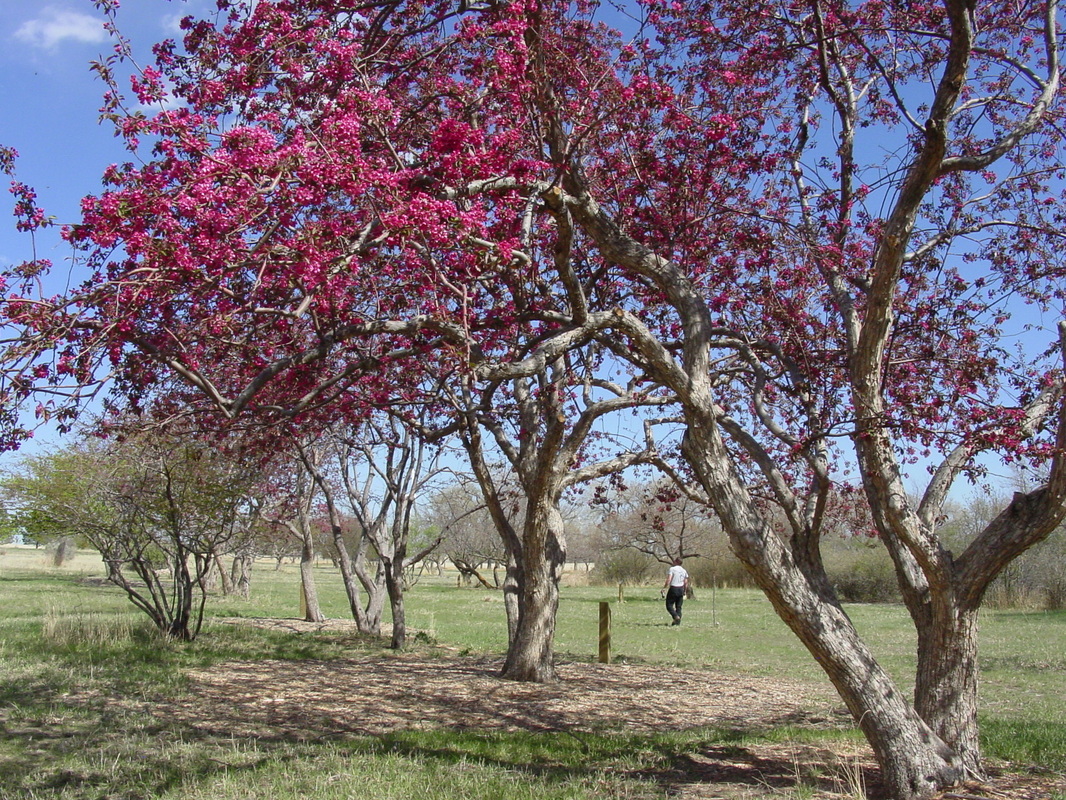
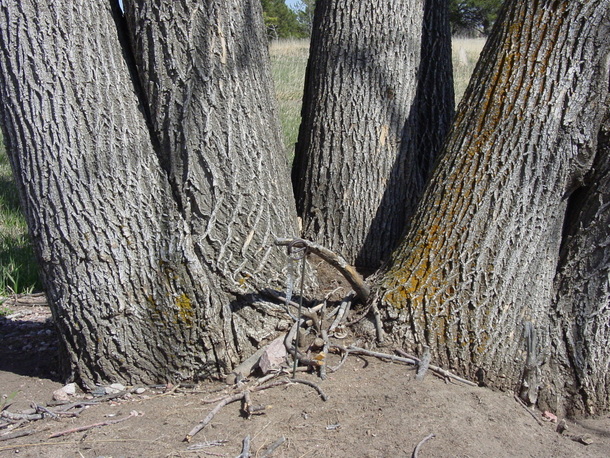

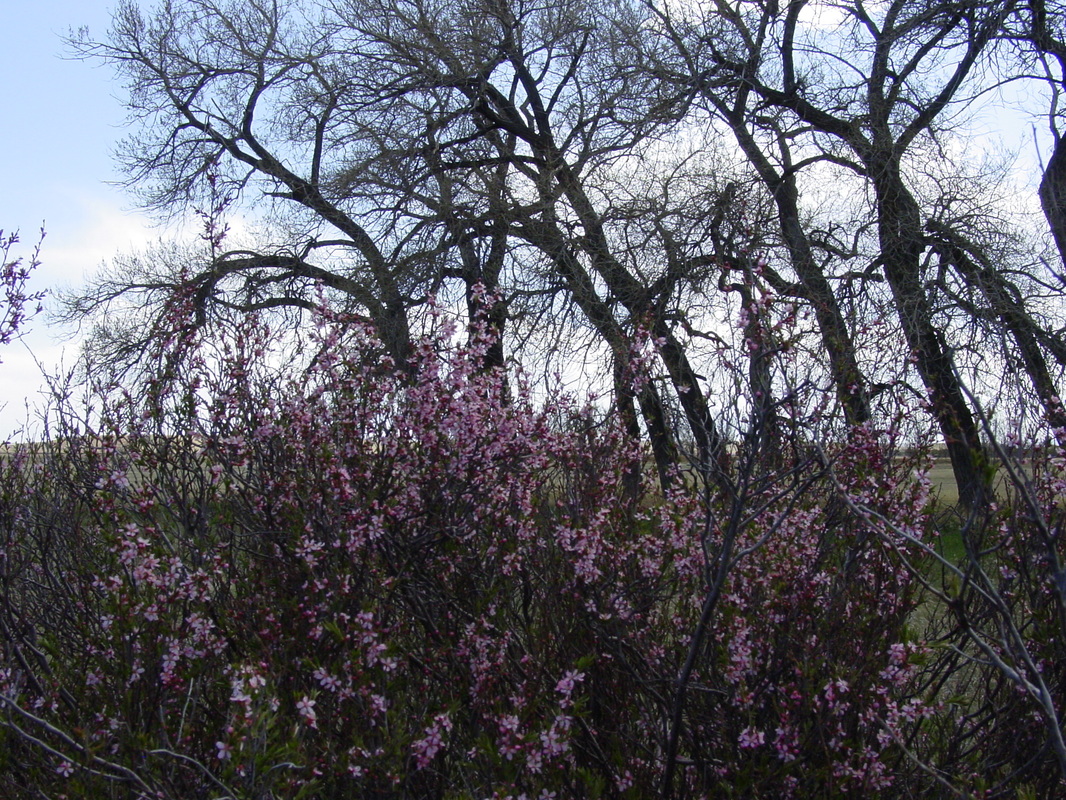
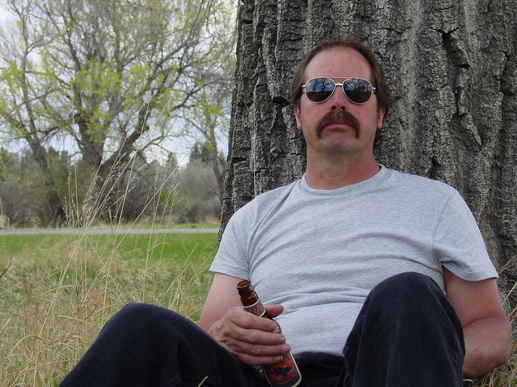
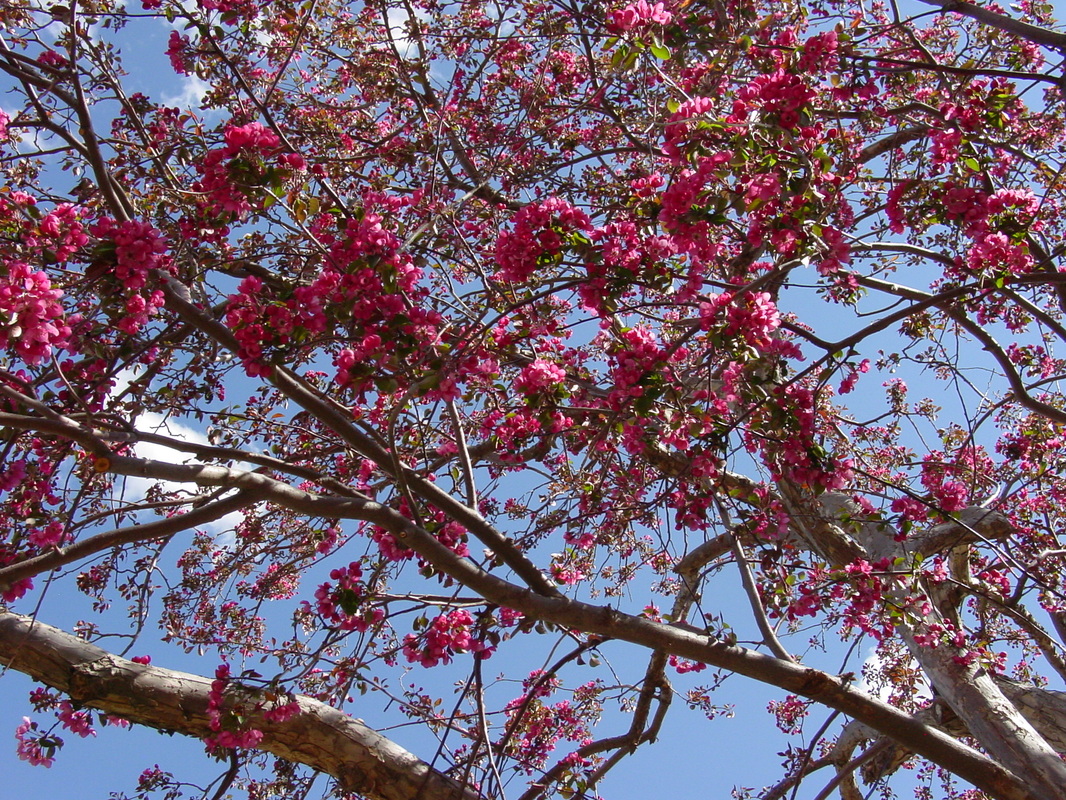
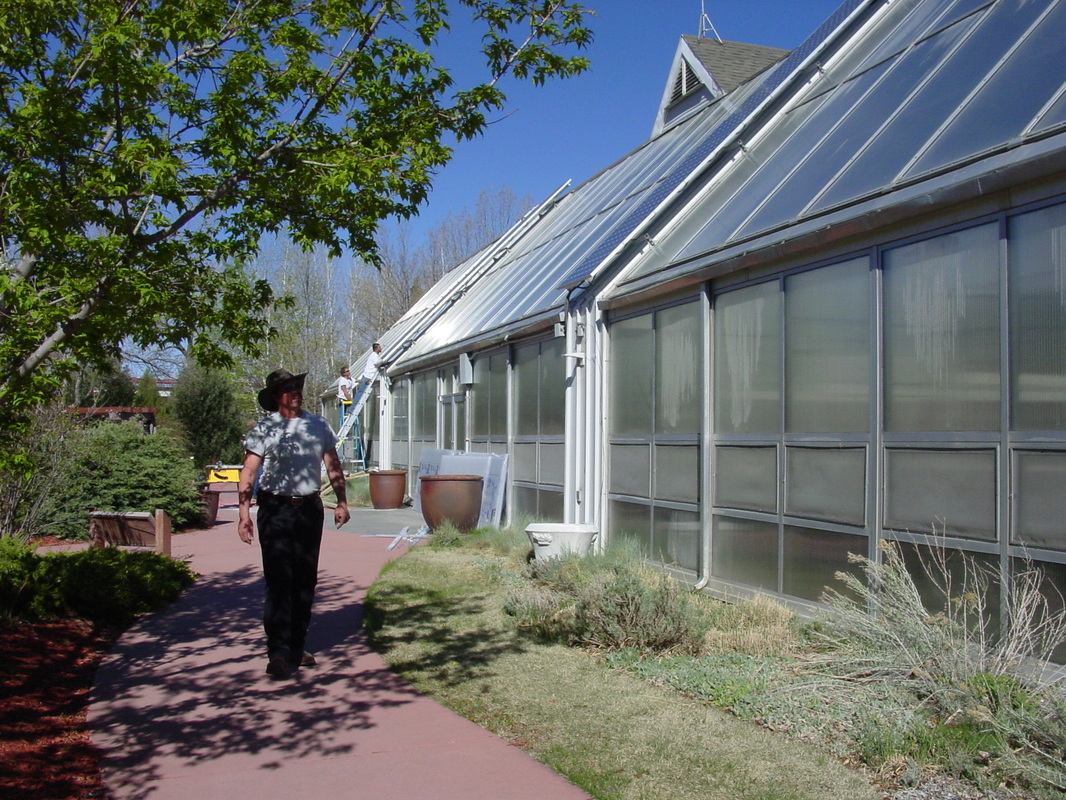

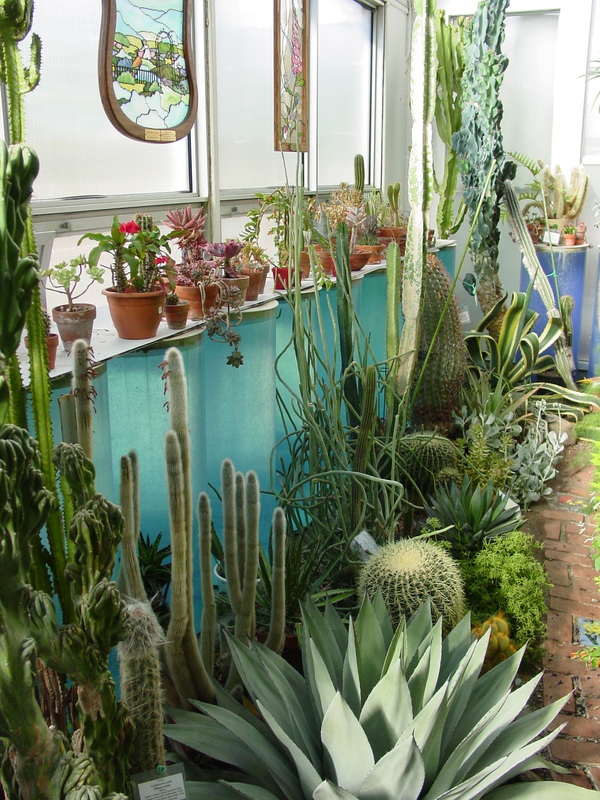
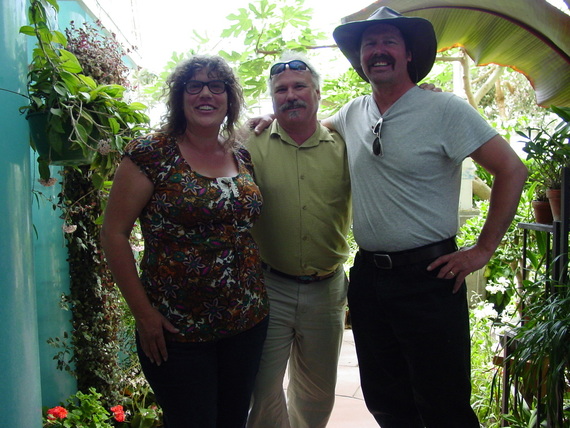
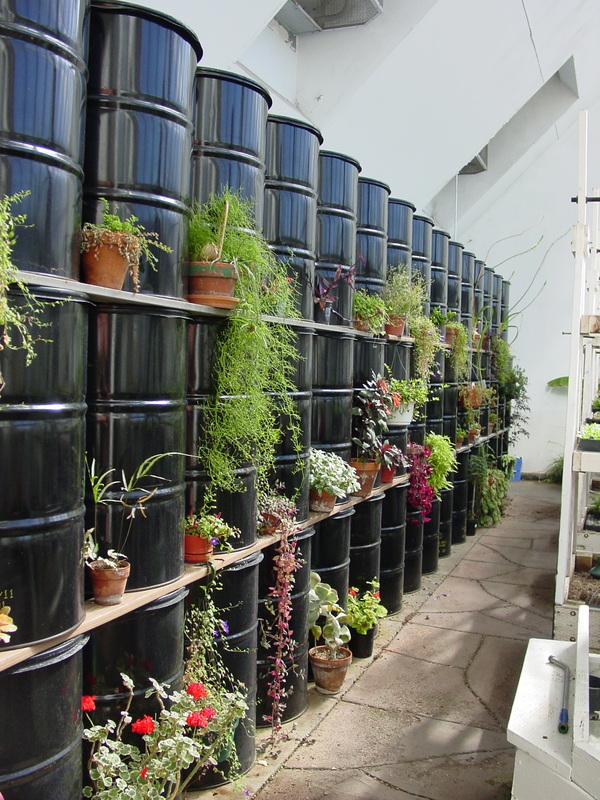
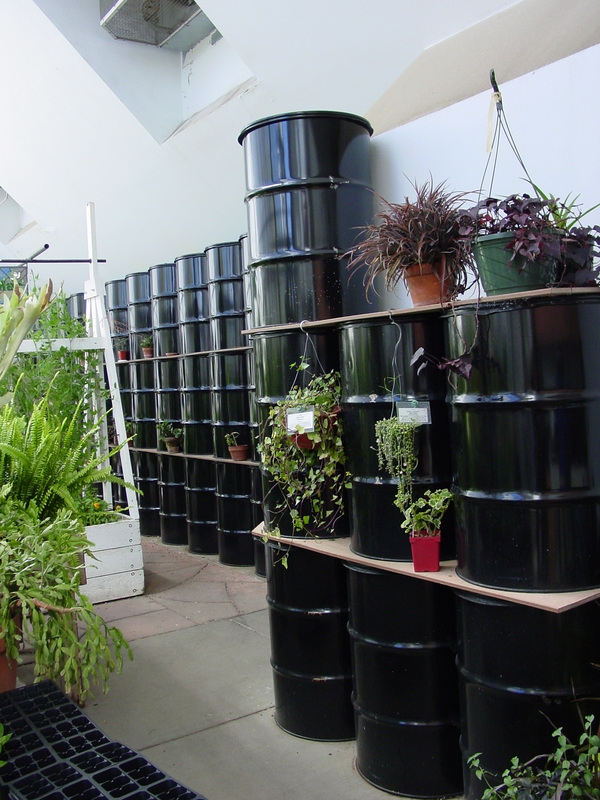
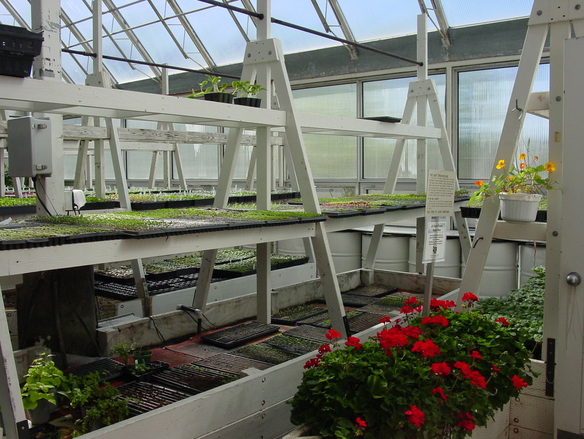
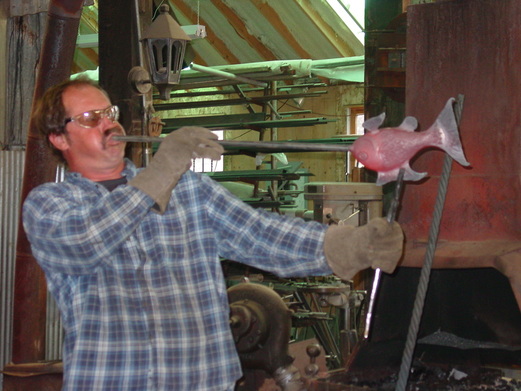
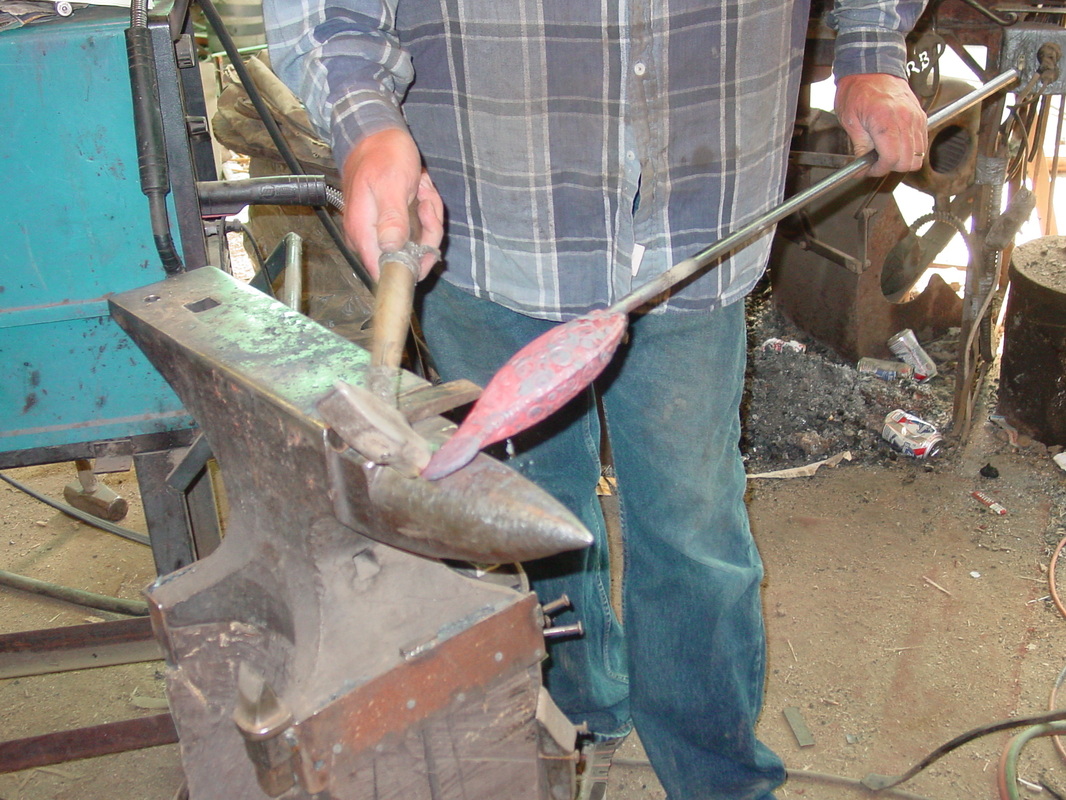
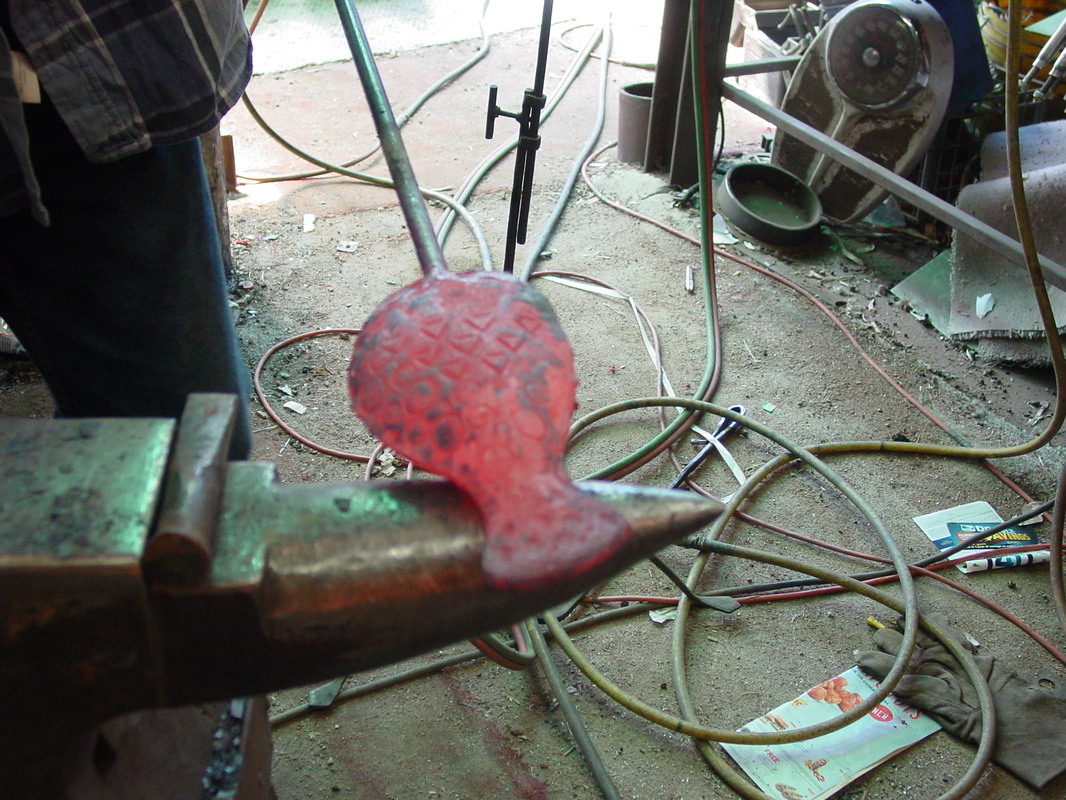
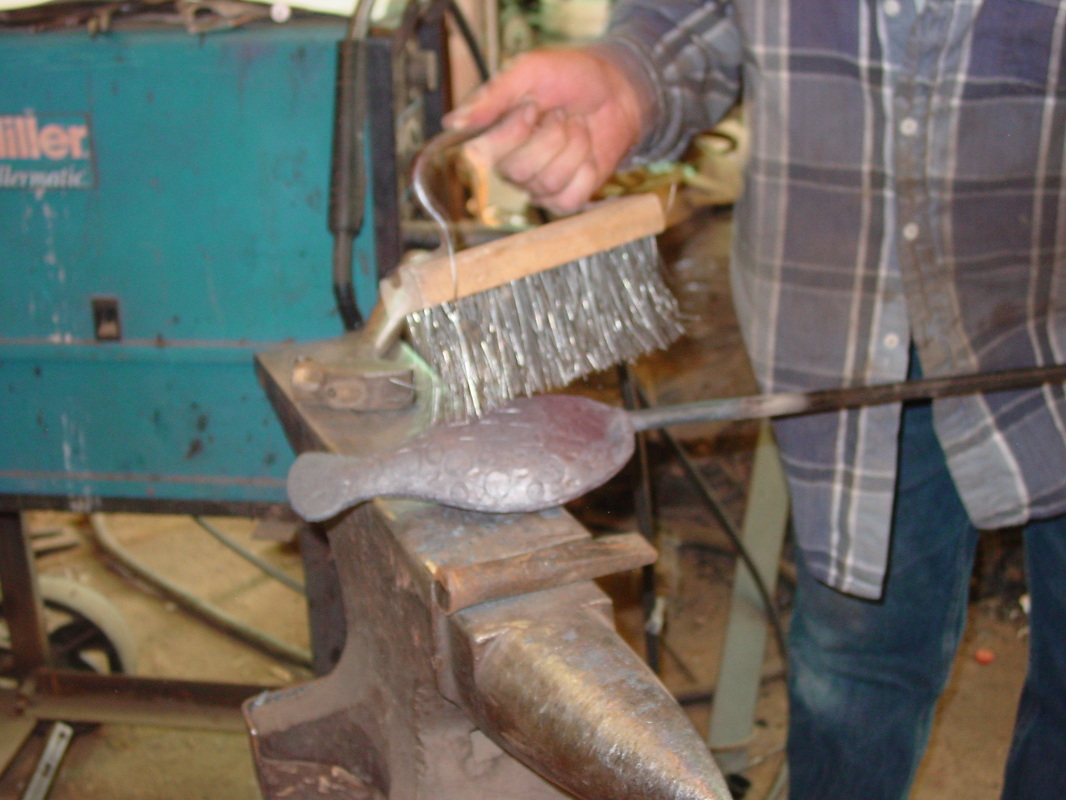
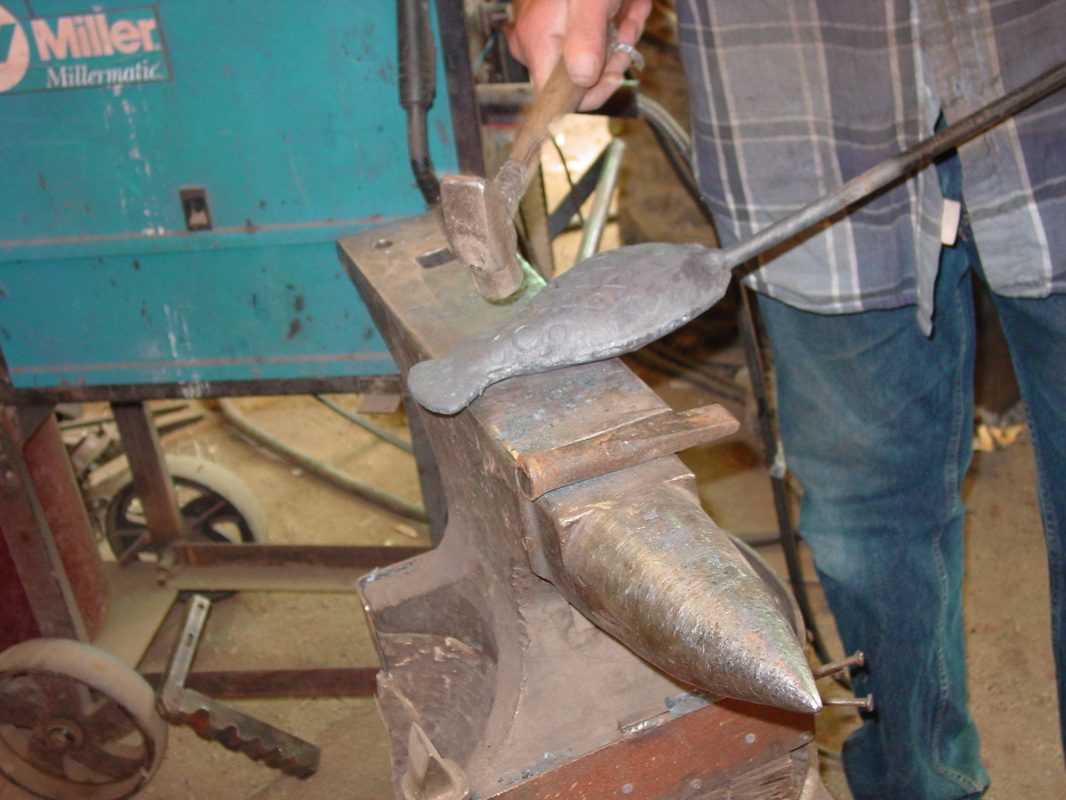
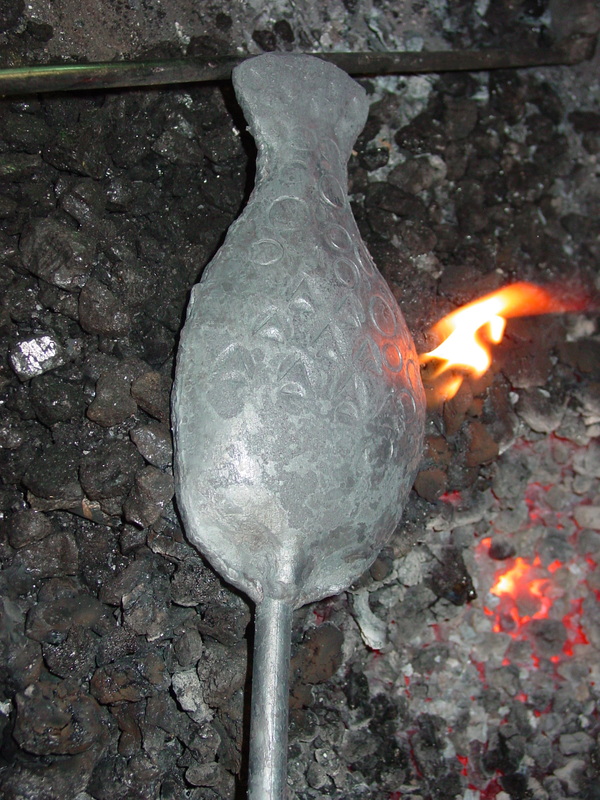
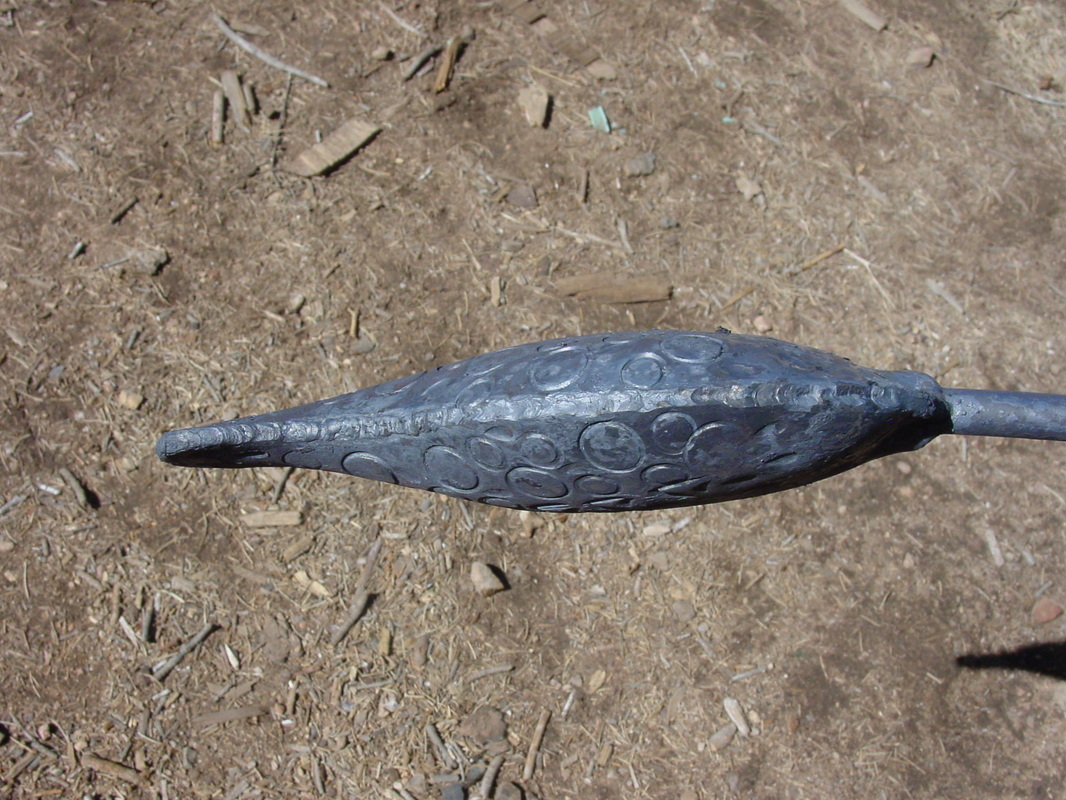
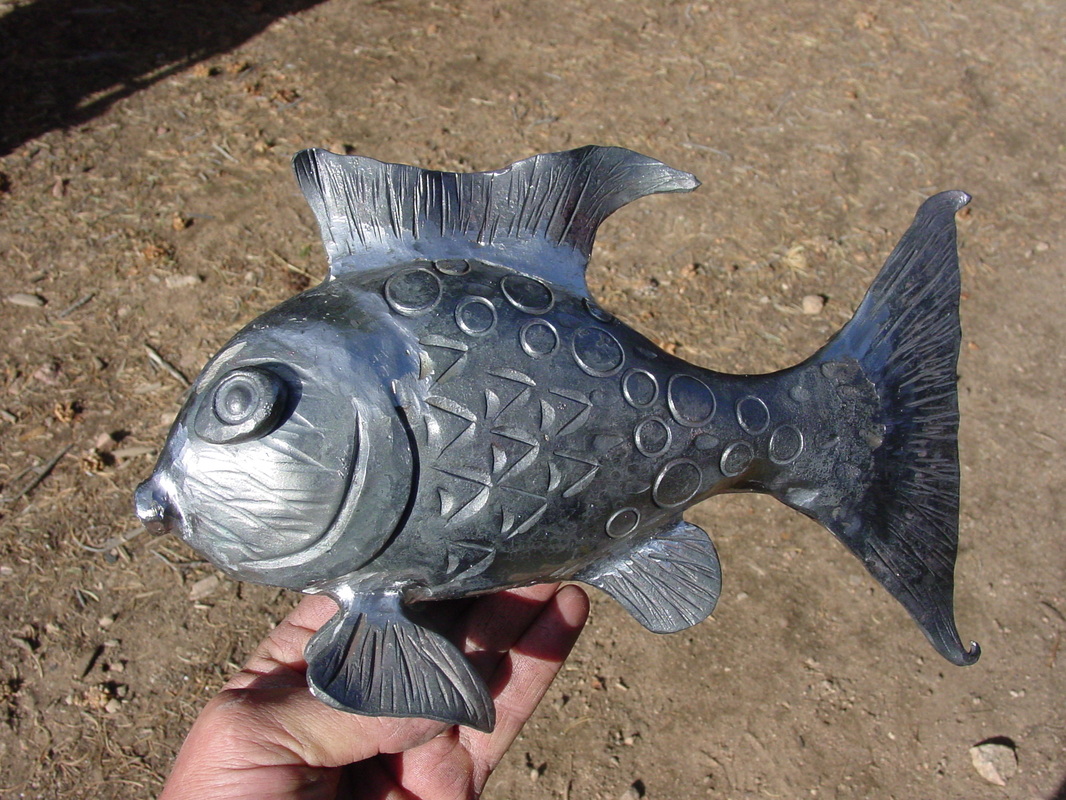
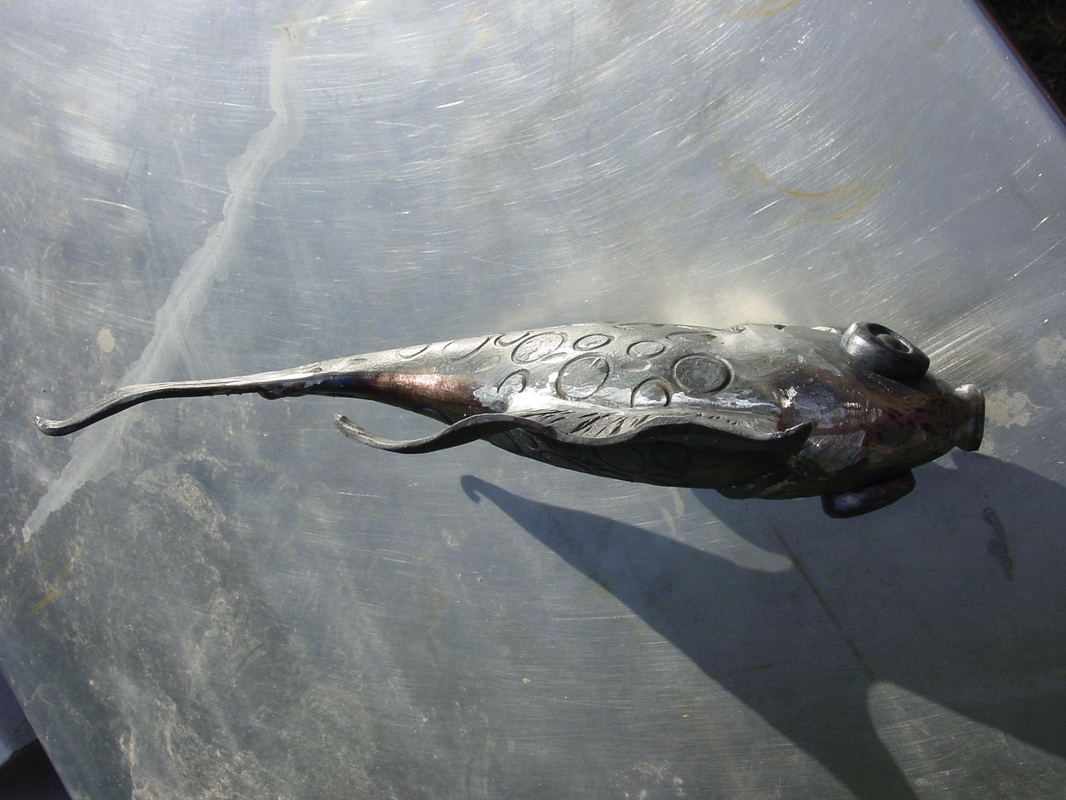
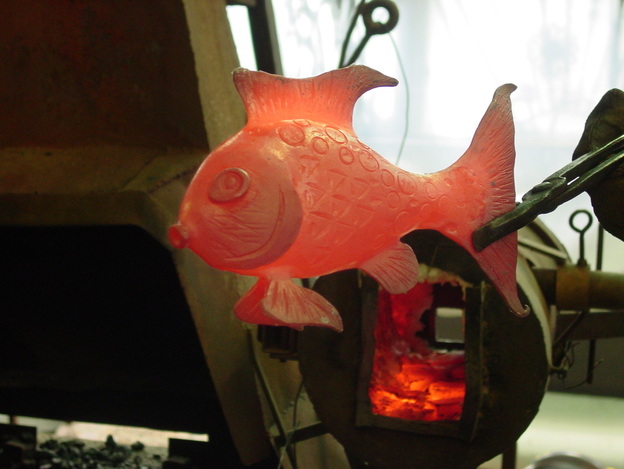
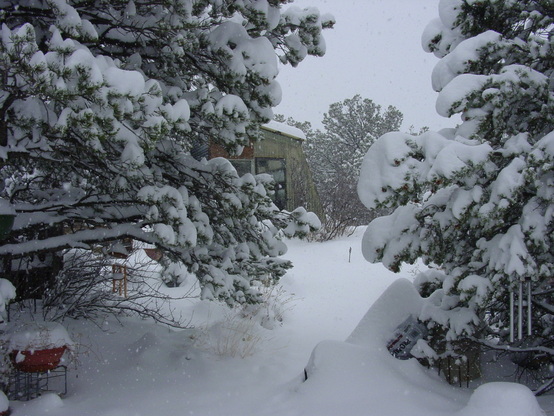
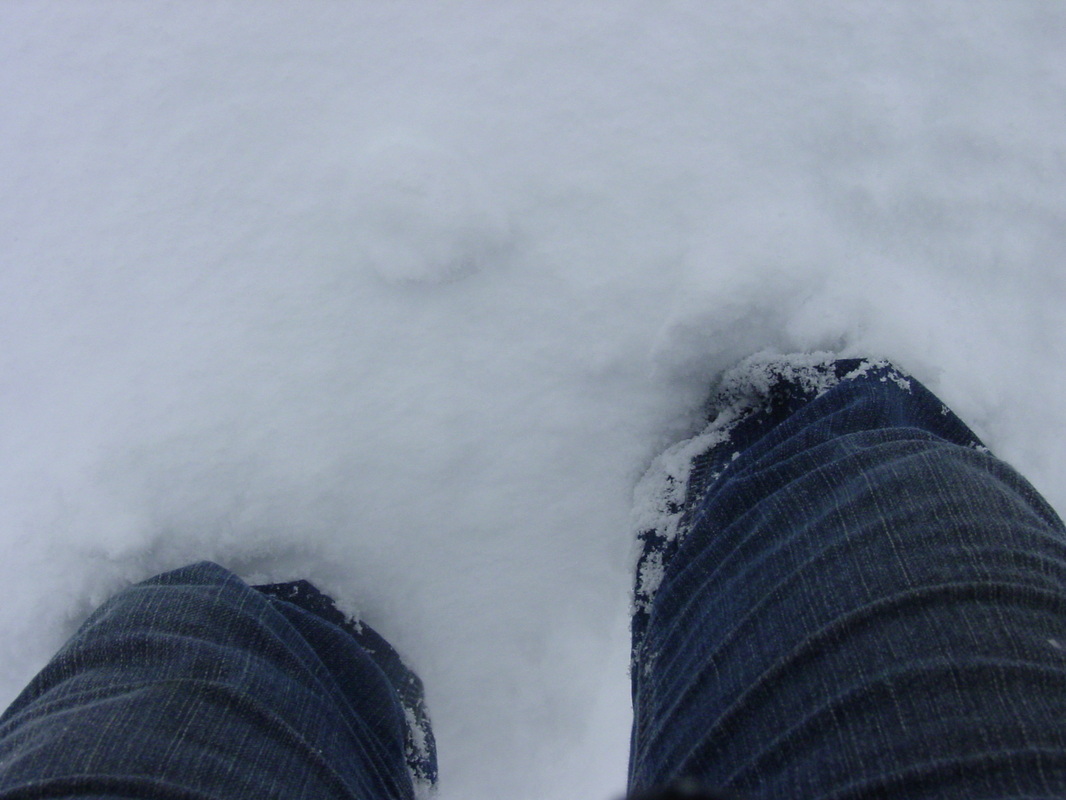
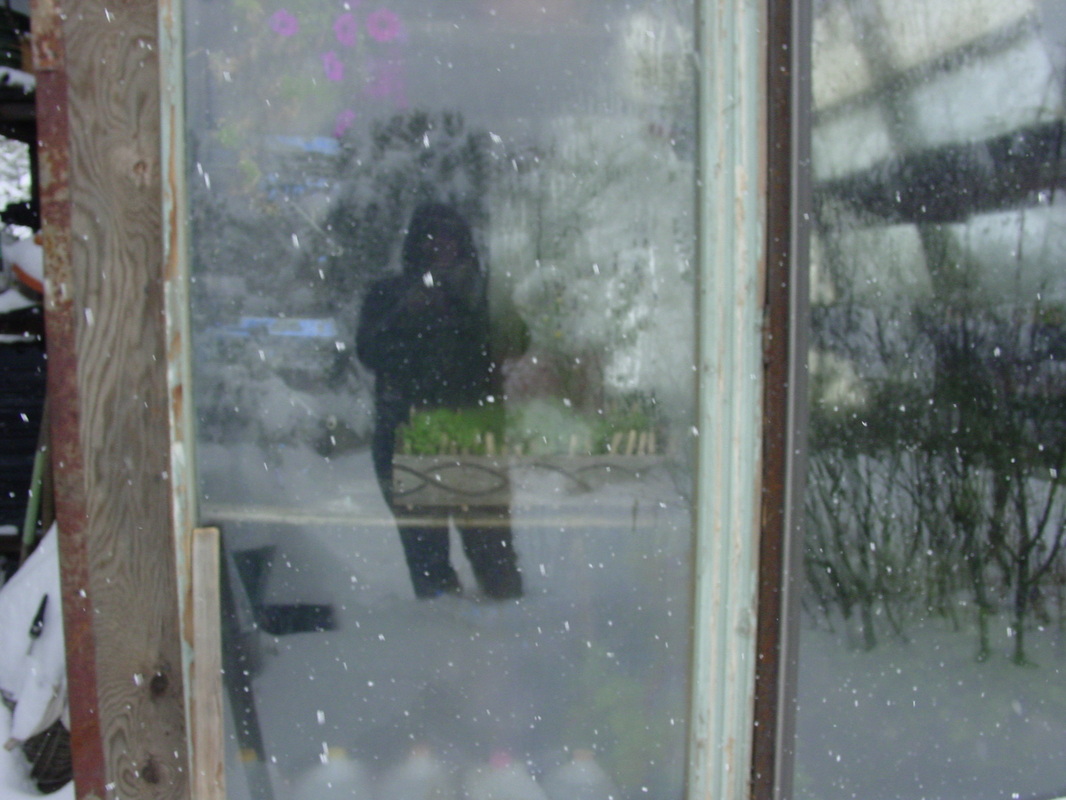
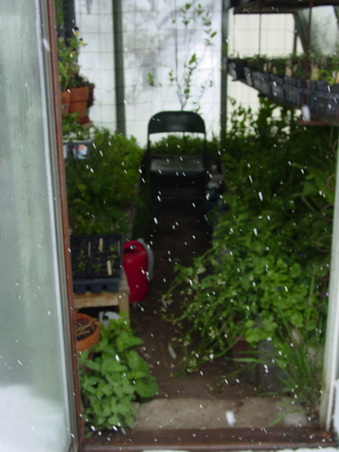

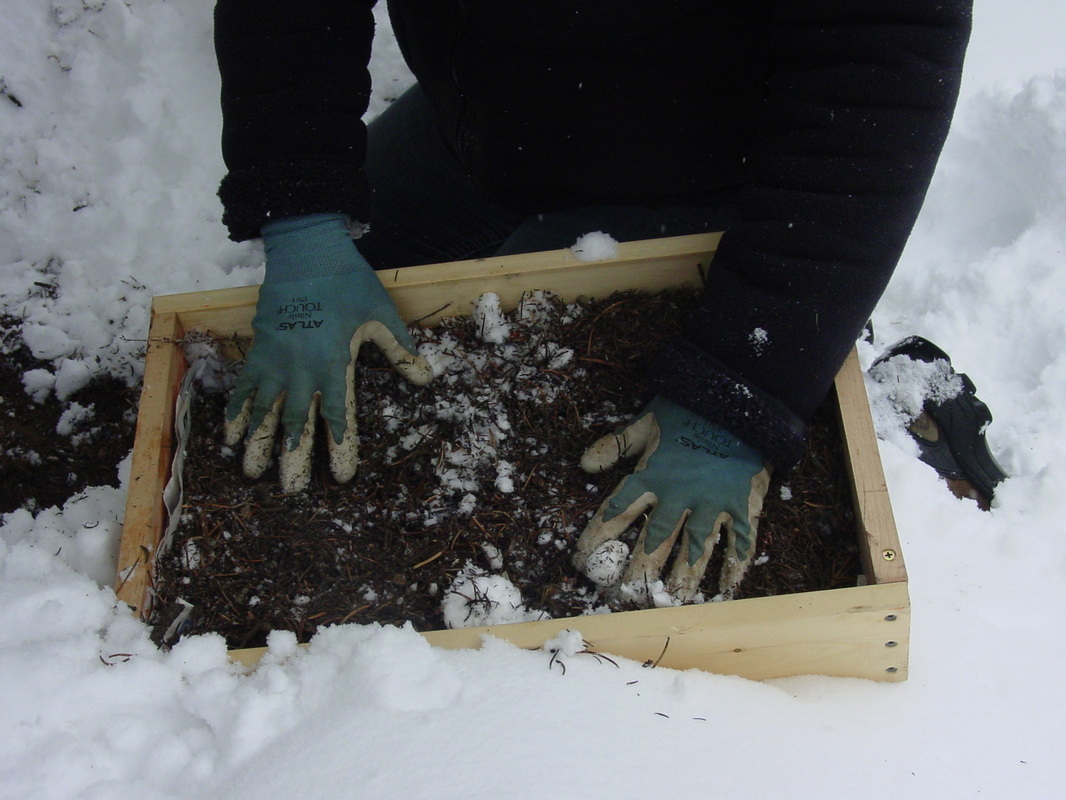

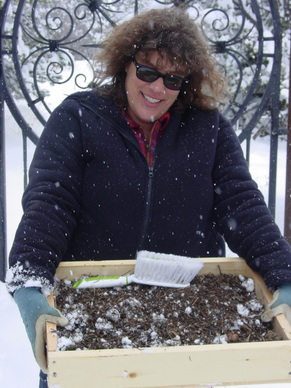
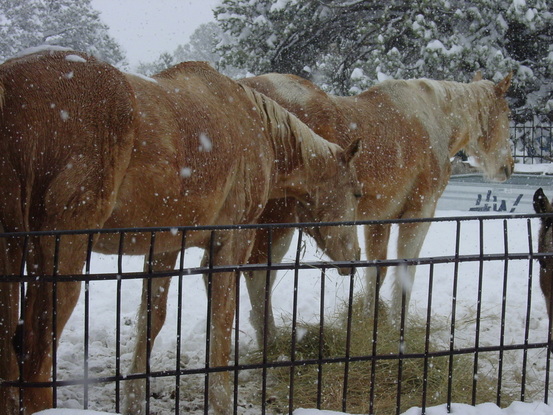
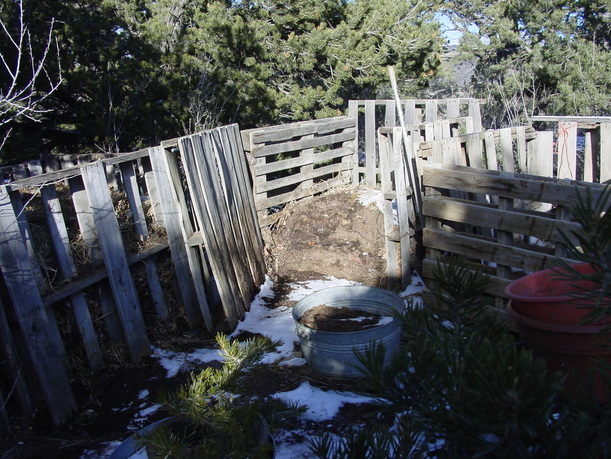
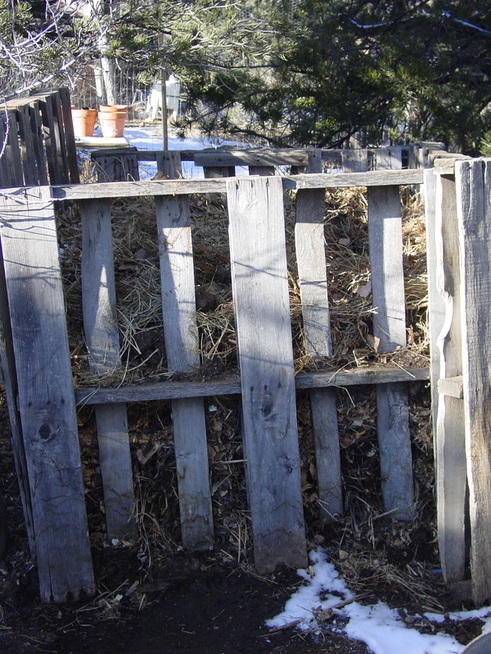
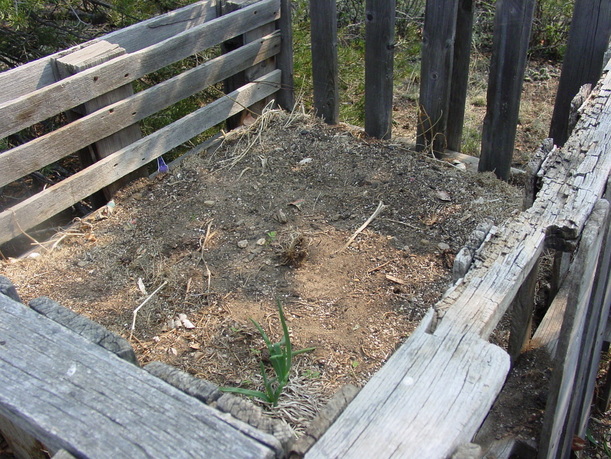
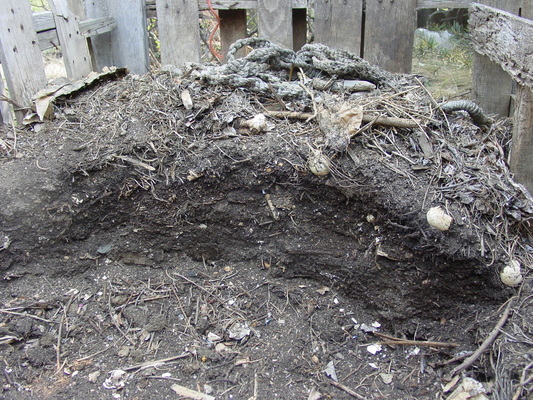
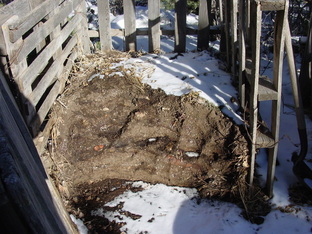
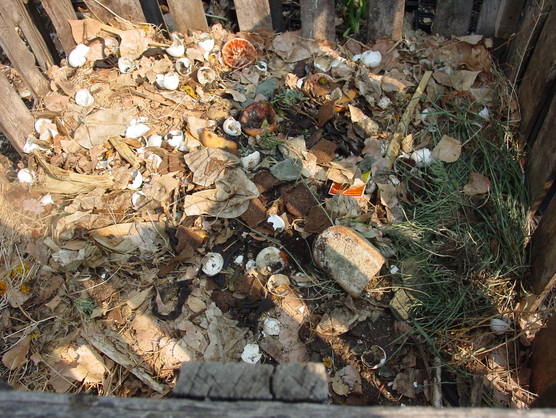
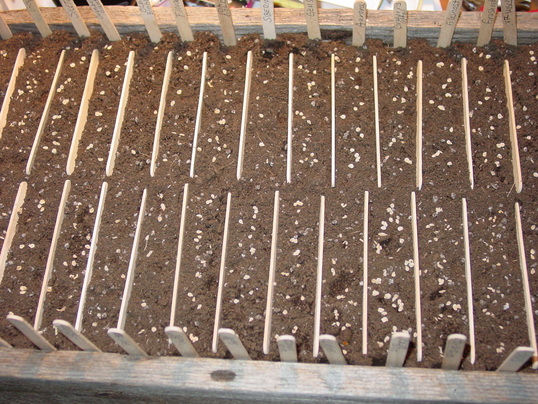
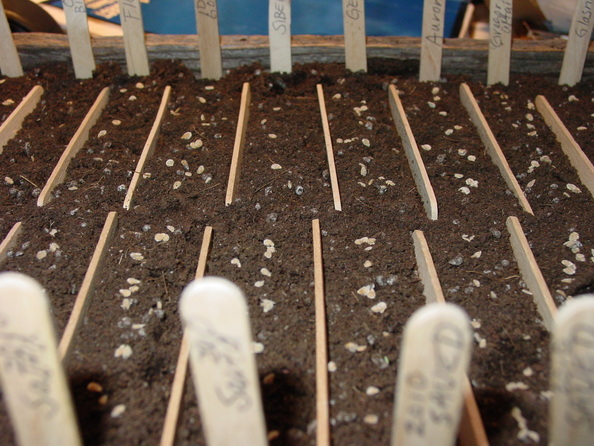
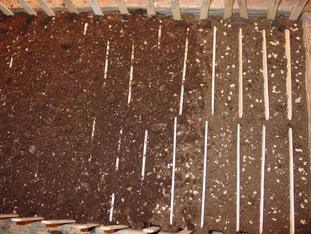
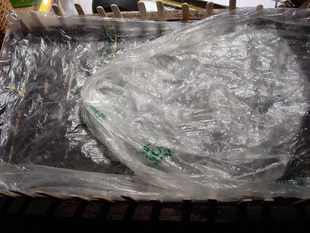
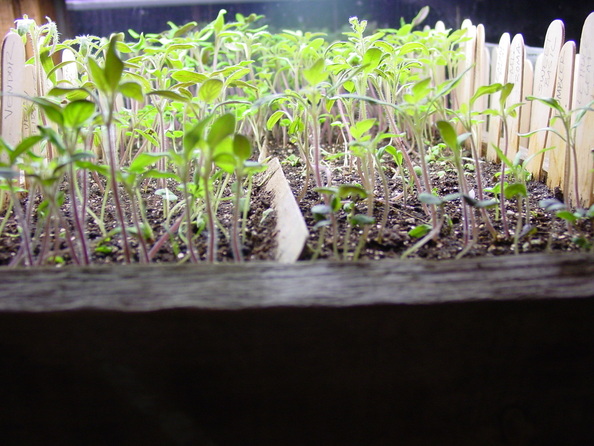
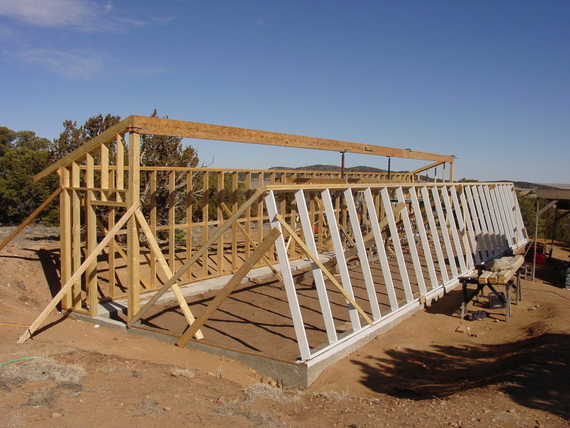
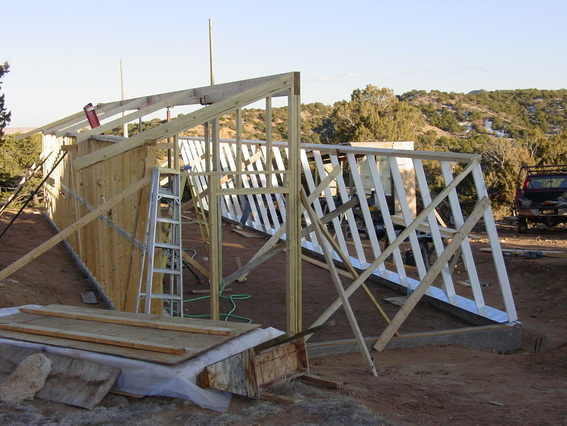
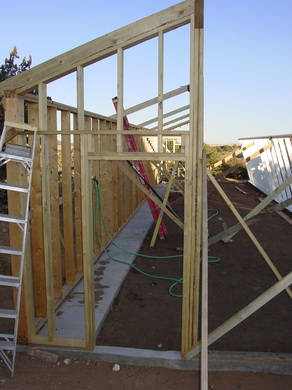
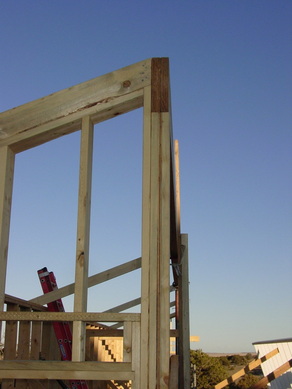
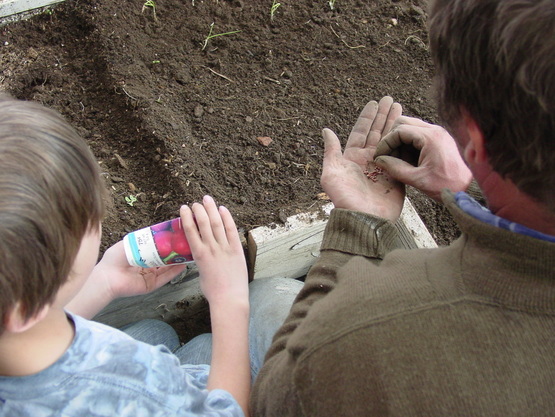

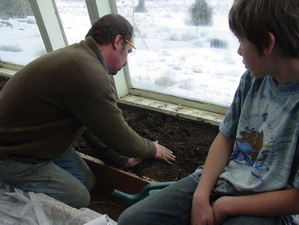
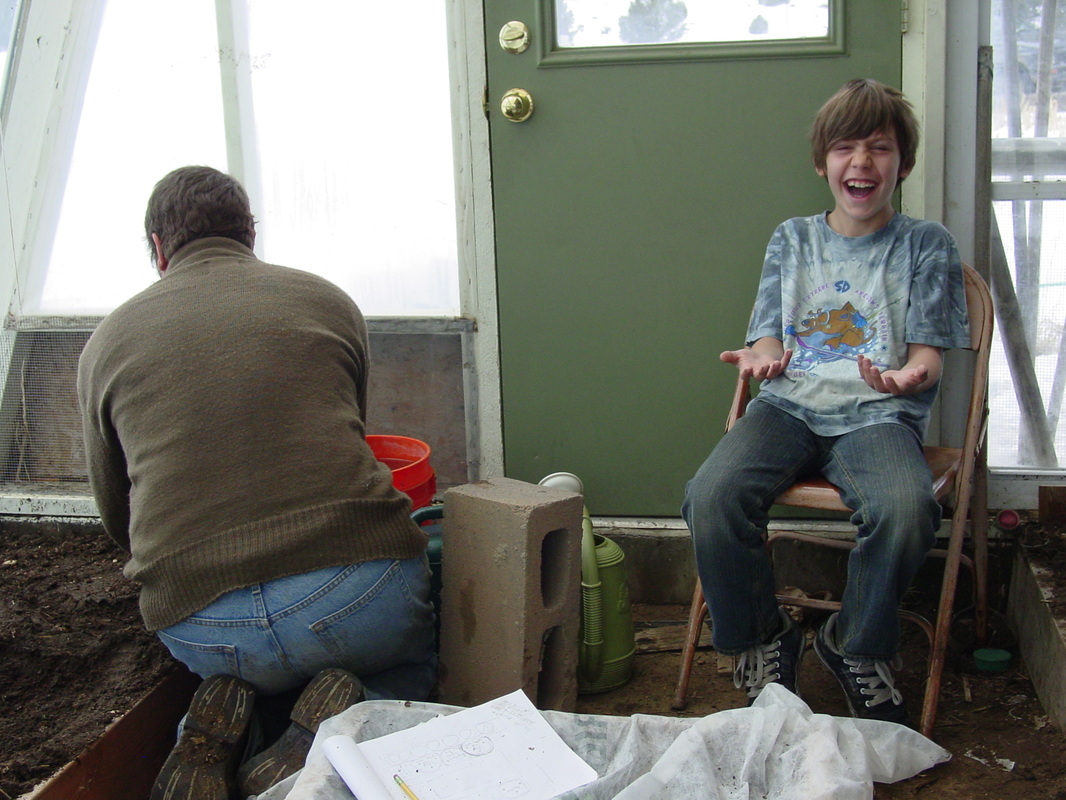
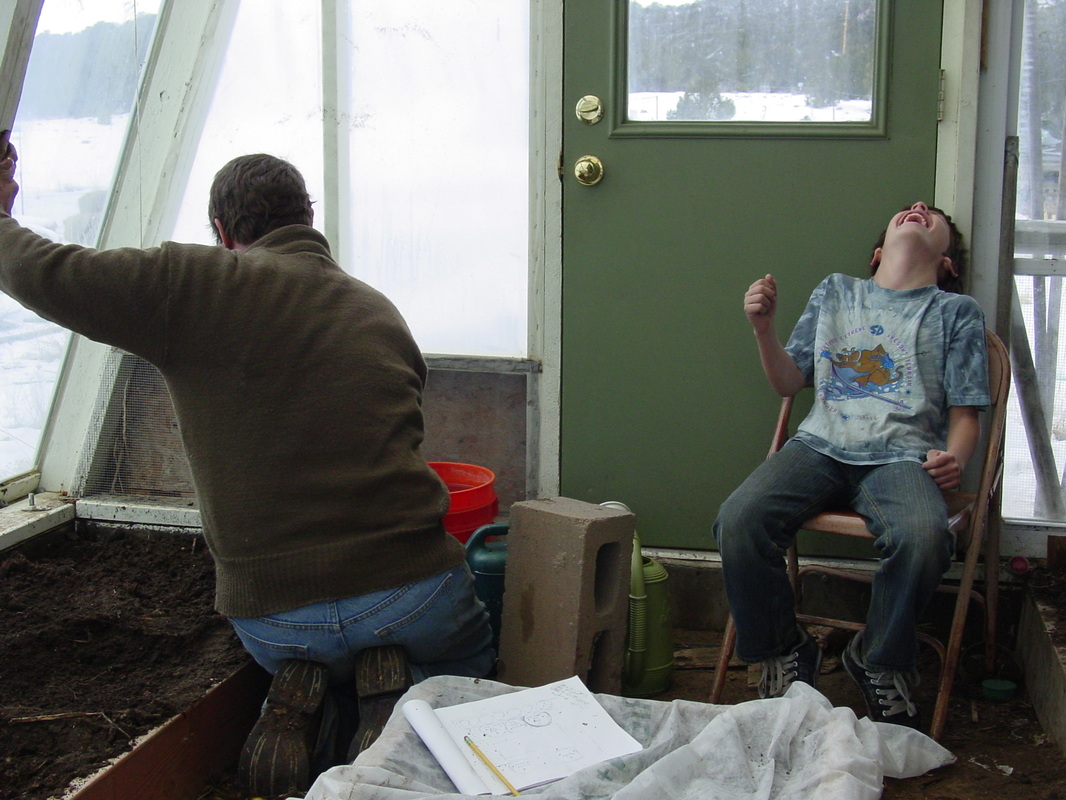
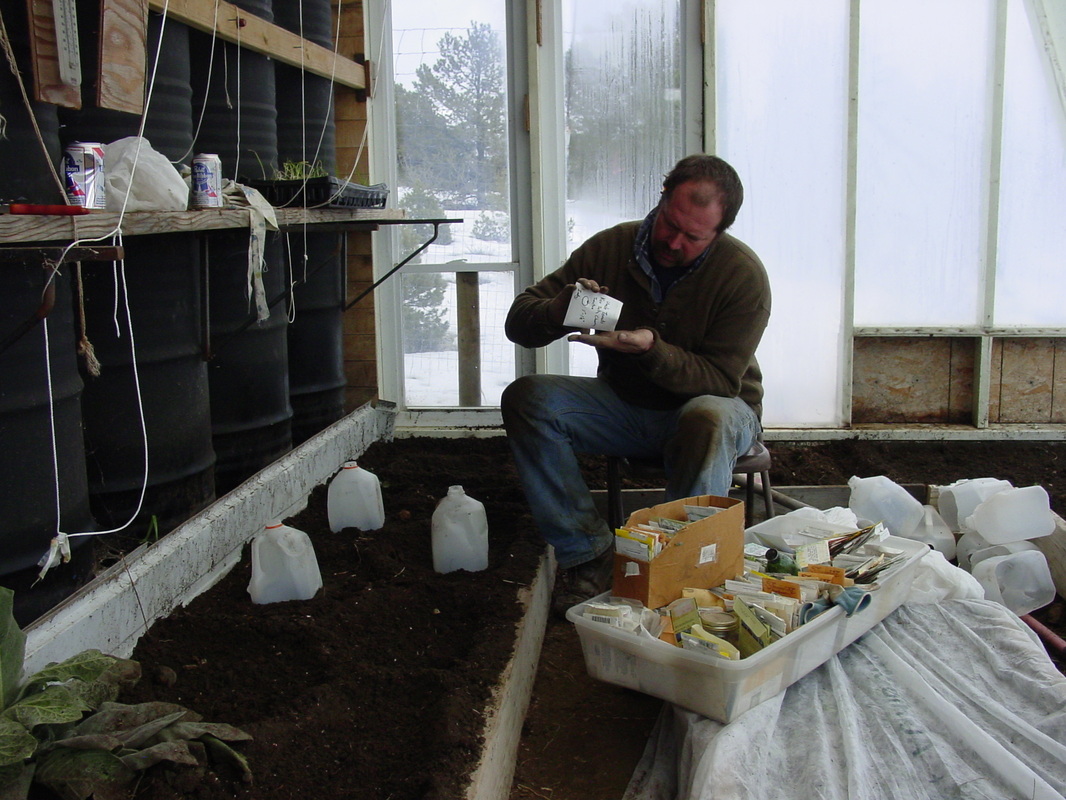
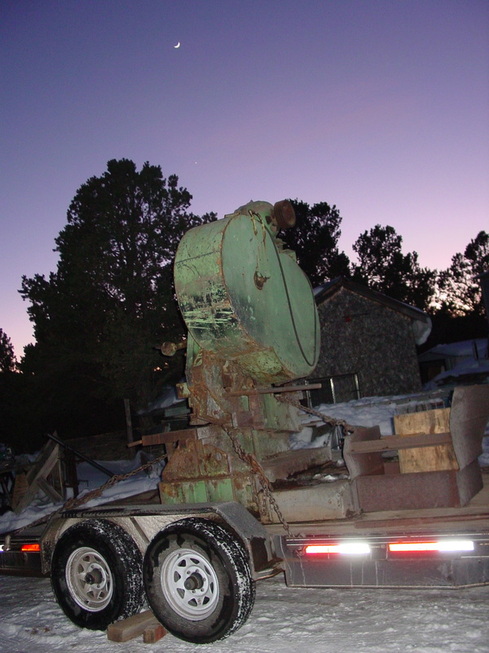
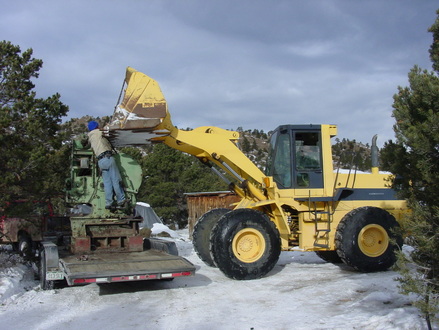
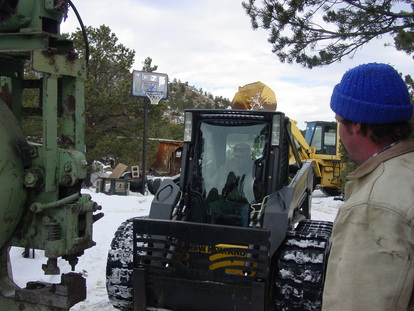
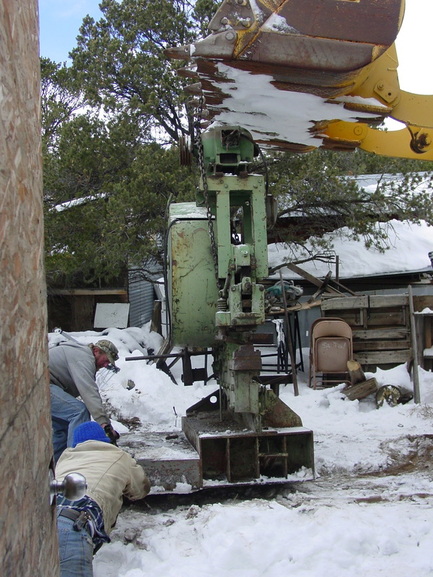
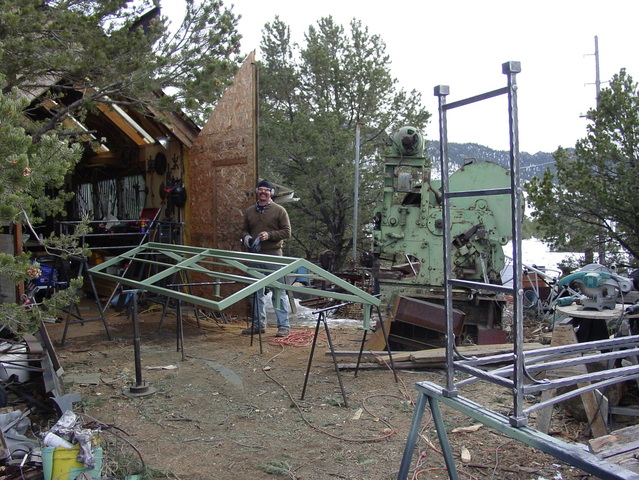
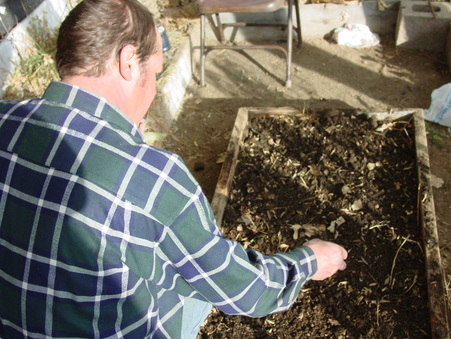

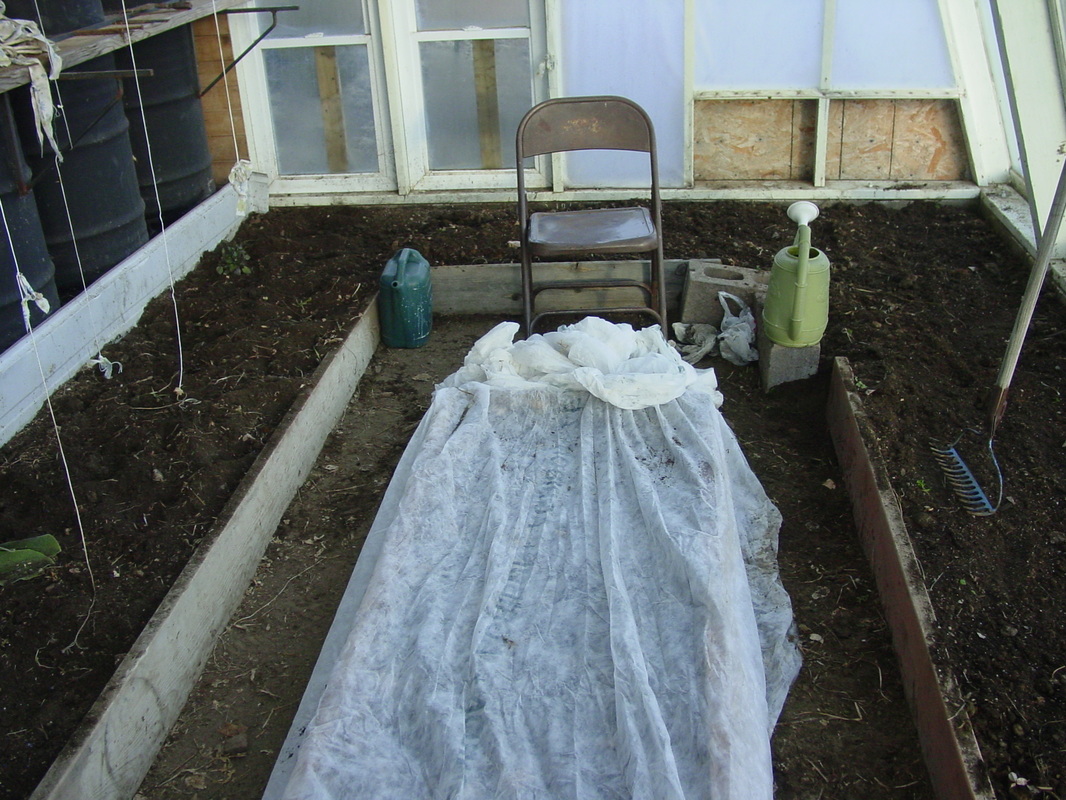
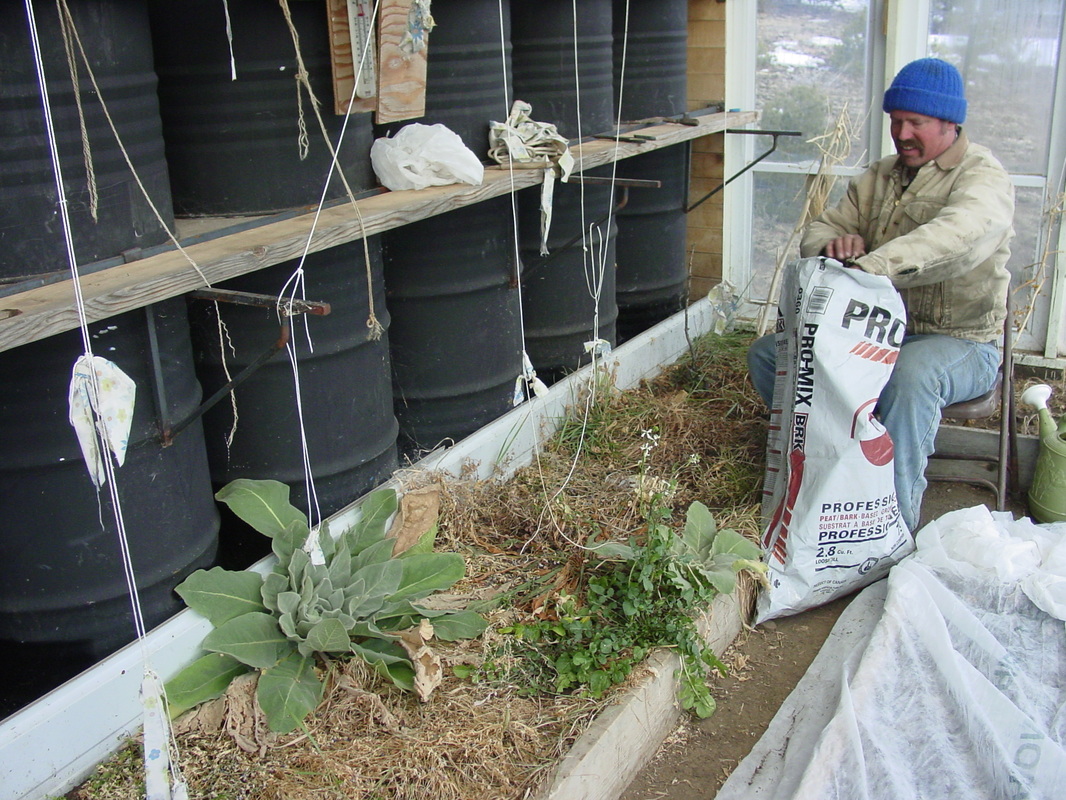
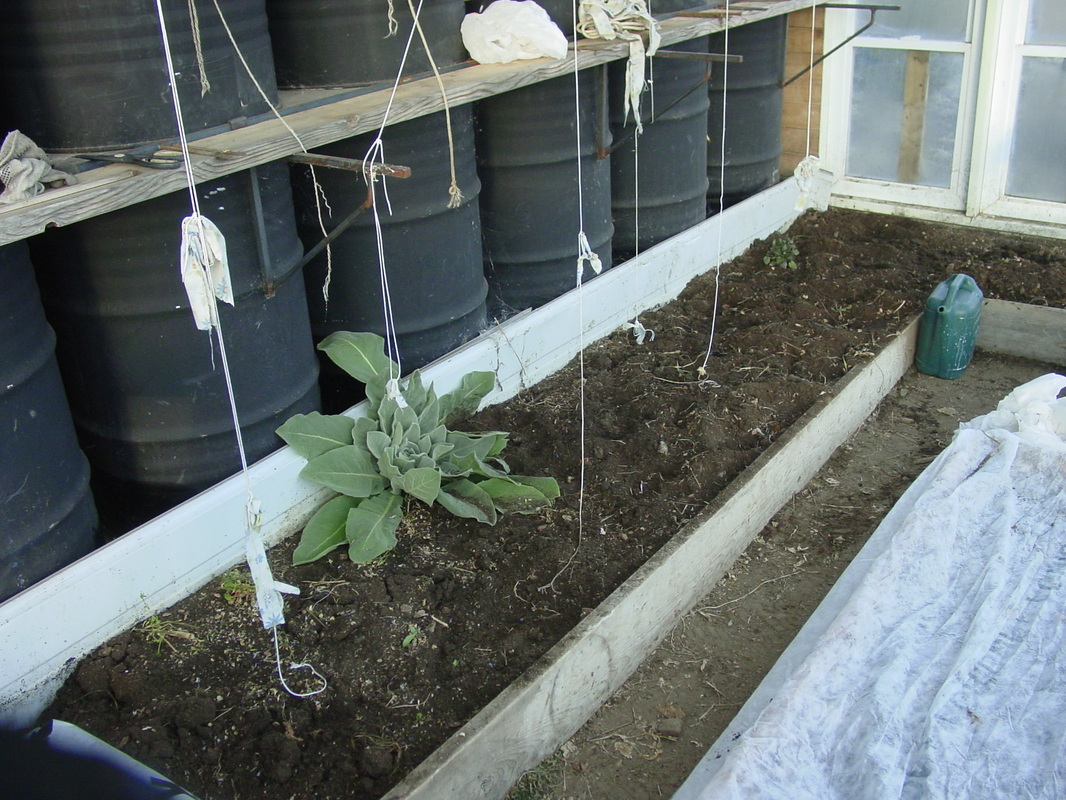
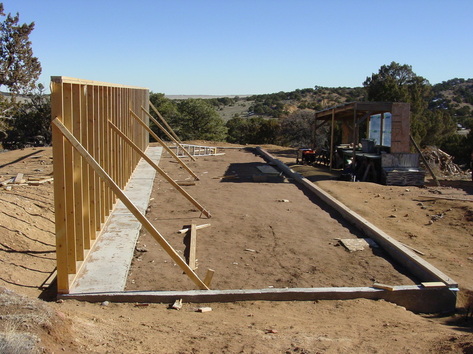

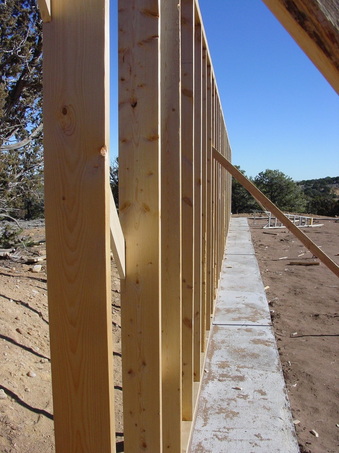
 RSS Feed
RSS Feed